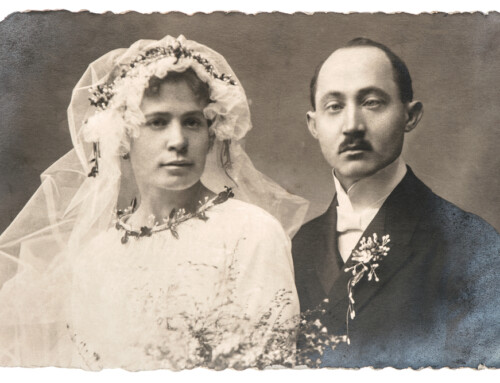{3 minutes to read} In the first article of this series regarding sharing the contents of your home when you are  getting divorced, we discussed ways to divide The Basics—furnishings that have no real resale value.
getting divorced, we discussed ways to divide The Basics—furnishings that have no real resale value.
In this second article, I discuss artwork and collectibles that may have resale value and will be considered in the distribution of your assets.
The Artwork and Collectibles
Being an art collector myself, as well as having been a private art dealer in my previous career, I have extensive experience in the many intricacies of the art world. It is a unique field that requires an understanding of how and why the markets vary and how this may affect the decisions one needs to make.
Here are some guidelines to help you prepare for your conversation with your spouse regarding your collection(s):
- Create a list of all artworks/collectibles with the name of the artist, the title, and the medium. If there is no title, you can either make up a title or write down the size or some other identifying characteristic that will help you both recognize the piece you are referring to.
- If you have different types of art, like paintings and sculptures, glass, jewelry, or others, I would suggest that you group them into the different categories. If you need to have them appraised, you may have to reach out to different specialists depending on the work of art. Having them already categorized will help the appraisal process.
- If you both agree on values, make a note of the value that you attribute to each piece.
- If you don’t know the value, cannot agree on the value, or just prefer an outside objective source, you may choose to have the works appraised. I can help you locate the right appraiser and/or brainstorm other options you might consider to find out the value.
- Look for invoices you may have from the time of purchase and any other documentation regarding each item. Organize all the paperwork in different folders for each work of art so that you can easily access it.
- If you have photographs of each piece, place those in the folders with the paperwork. If you don’t have any, take snapshots with your phone or a camera, then print them out so you have them for reference.
Once all the preparatory work is completed, you should have most of the necessary elements to discuss your plans regarding your collection(s).
Factors that should be taken into account include:
- Financial value;
- Selling vs keeping: possible short- or long-term investment, or plans either of you may have for the collection;
- Other assets you may have in addition to the collectibles; and
- Emotional attachment. (See my article “losing ourselves through our possessions.”)
You may have other questions pertaining to your collection(s.) Make note of all of them so they can be discussed in mediation or with your appraiser.
In the third and last article of this series, we will talk about all those things we gather that we are attached to for a variety of reasons and have trouble parting with: The Sentimentals.
Comments from Social Media
This would be a helpful approach for people who are downsizing making a will and want to give some of their treasures to family. Thanks for sharing the information so simply. (Susan P. Cohen on Linkedin)
Jennifer Safian
divorce and family mediation
upper east side of manhattan (nyc)
new york, ny
(917) 881 5206
jpsafian@gmail.com
Latest posts by Jennifer Safian (see all)
- coping with divorce guilt - April 17, 2024
- does not reaching an agreement mean the mediation process failed? - March 27, 2024
- should I tell my children’s school that we are getting a divorce? - March 13, 2024





Leave A Comment